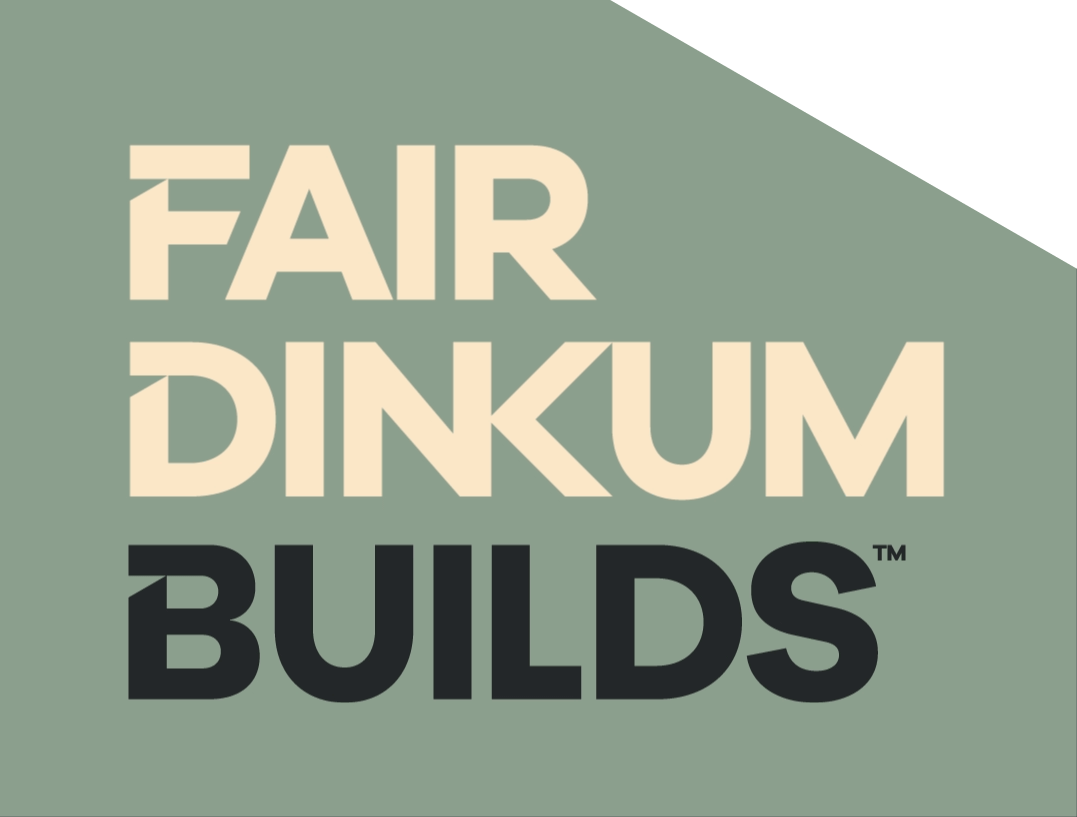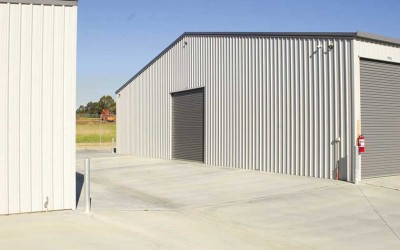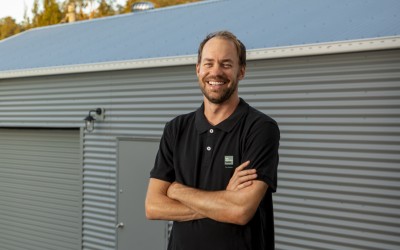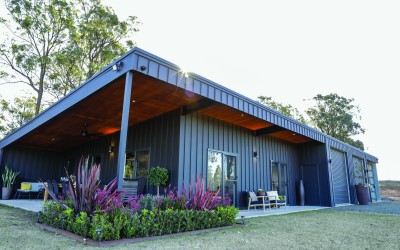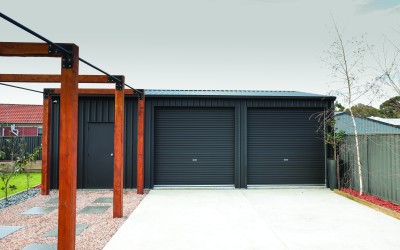
The great Aussie shed can be as unique as our DNA – a personal space used for so many different reasons.
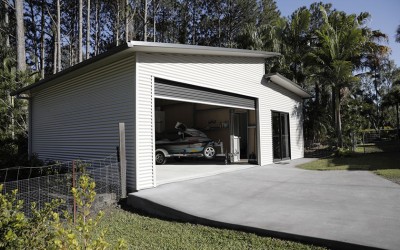
Increase the usability of your home and create a secure garage – either just for functional use, or to add an extra design feature to your home’s façade.

The Aussie barn – with its striking roofline – is the go-to for customers looking for the centre roof height of a barn, but without the drop of an American barn.
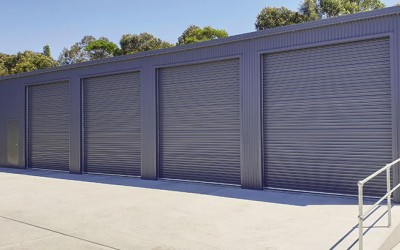
Whether you’re a self-storage facility, builder, owner, investor or buyer, we know self-storage.
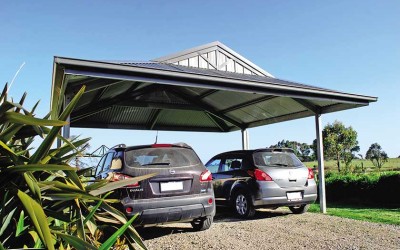
The carport is more than just a protected spot to park your car, it’s an Aussie icon.
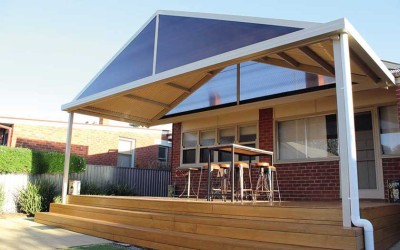
The great entertainer – the Aussie patio. It’s not just a patio – it’s where you create memories to last a lifetime.
Hit enter to search or ESC to close
Do I Need Council Approval to Build a Shed in SA?
26 March 2025
Adding a shed to your property is a great way of creating extra storage space or dedicating a specific area to a hobby. But before you start picking out designs, there's one very important thing to think about. Do you need council approval? It's all too easy to assume that something like a shed doesn't require development approval, but the reality is often much more complicated.
Different councils have different rules, and things like size, height, and intended use all come into play. And, what seems like putting a shed on your land can soon become a bit of a headache. But it doesn't have to be this way, and we're here to help you get a better understanding of shed building approval in South Australia. You'll find everything you need to know below!
Understanding Development Approval
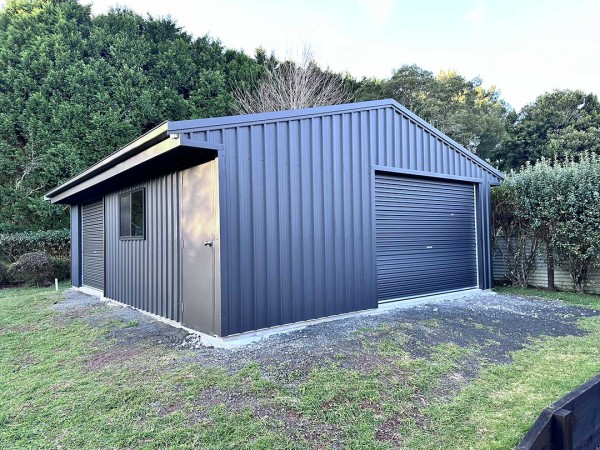
In South Australia, most construction projects, including sheds, require something called "Development Approval". This is granted by the local council and it ensures that any new structure complies with planning and building regulations that are designed to maintain safety and structural integrity, while preserving the character of the area.
Development Approval usually consists of planning consent, which assesses the zoning and land use, and building approval, which ensures the construction meets the necessary safety standards.
Now, the main thing to know about Development Approval is that the type of approval you'll require will depend on several factors. This includes the size and location of the shed and its intended use, as well as the specific requirements set by each local council in South Australia. Also, to make things seem even more confusing, not all sheds actually require approval, and there are exemptions that mean you can go ahead and build without any permission.
To make things clearer, let's break everything down a bit more.
When Council Approval is Required
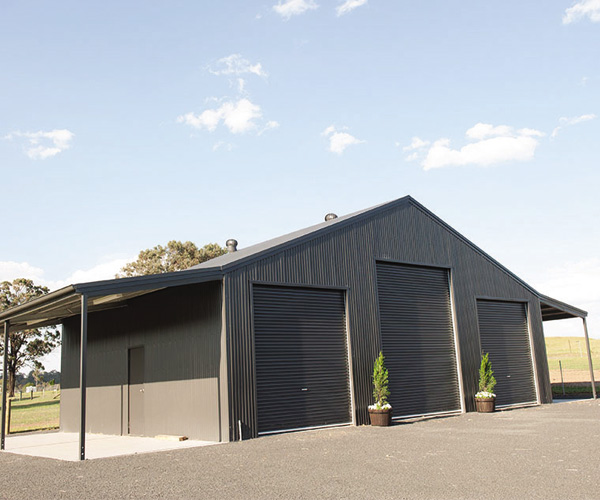
You will likely need Development Approval for your shed if it meets any of the following conditions:
-
The floor area is larger than 15m².
-
The roof span is greater than 3 metres.
-
The height is taller than 2.5 metres from the natural ground level.
-
It is to be located within 900mm of a property boundary or is closer to the street than the main building.
-
It is built within 6 metres of an intersection.
-
It is being used as a workspace, home office, or separate dwelling.
-
It includes insulation, plumbing, or electricity.
-
It is on a property listed as a State Heritage Place.
-
Significant excavation or adjustments to the natural surface are needed for installation.
-
It is to be located near retaining walls.
-
It is likely to cause overshadowing, obstruct drainage, or impact privacy on surrounding buildings.
These are the general rules for needing Planning Approval for your shed build, but remember, each district council has specific rules about shed approvals, and what applies in one council might differ in another.
Building Classifications
So, those are the things you'll need to look out for when working out if you need Planning Approval or not. However, building classifications also come into play, and this is because the National Construction Code classifies buildings based on their use, which impacts council approval. Here's what you need to know:
-
Class 10a: Most residential sheds fall under the Class 10a category, which also covers carports and garages. If your intended use for your shed is solely for storage or as a workshop, and it meets the size and location criteria outlined by your local council, you might not need approval.
-
Class 1a: If you're building a shed to use as a living space, a home office, or any other kind of separate dwelling from the main house, it will be classified as Class 1a and need full planning and building approval.
-
Class 7 or 8: These classifications are for commercial or industrial sheds used for business, agriculture, or manufacturing. These require approval and additional requirements, such as safety assessments.
This should make things a bit clearer, but if you are unsure as to how your shed is classified, check with your local council before proceeding with any building work or approval applications.
When Approval May Not Be Needed
As you can see from the information above, there are cases where you won't need council approval to build your shed. Here are some common exemptions:
-
The shed is 15m² or smaller.
-
The roof span is under 3 metres.
-
The shed has a maximum height of 2.5 metres.
-
The shed is placed at least 900mm from the property boundaries.
-
The shed is not closer to the street than the main house.
-
The shed is to be built on natural ground level and no excavation or retaining walls are needed.
-
The shed is not being built on a State Heritage Place property or is located in a bushfire-prone, flood-risk, or conservation area.
-
The shed is purely being used for storage or as a workshop and needs no plumbing, insulation, or electricity.
This can speed up the building process tenfold, especially as you won't have to apply or wait for a decision, but it's still very important you verify requirements with your local council before starting construction as regulations vary between district councils.
How to Apply for Development Approval
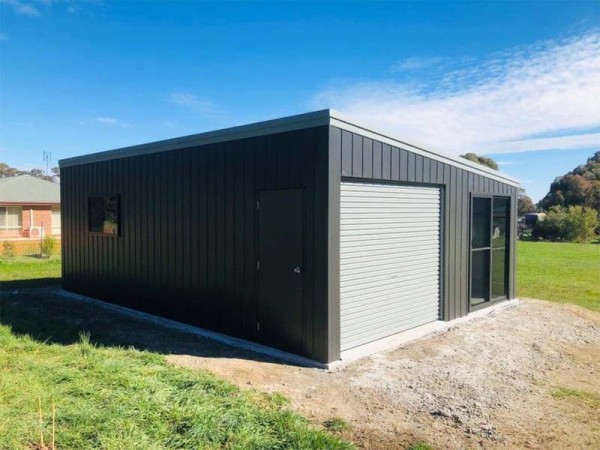
If your shed building project does require council approval, you'll need to go through a formal development application process. This might seem like a complicated process, but it's something that will make sure you meet all planning and building regulations and avoid any potential future legal issues.
At Fair Dinkum Builds, we can take care of this process as part of our shed building service, but to give you an idea of what's involved, here's a step-by-step guide.
Step 1: Prepare Your Development Application
First, you'll need to prepare your application. This needs to include some important documents that demonstrate the shed meets all the necessary requirements, including a site plan, a floor plan, elevation drawings, and any engineering or structural reports. Take the time to get all the measurements and specifications right on these, such as the distance from the shed to the boundary lines, otherwise, there could be a delay with your application.
Step 2: Submit Your Application to Your Local Council
With all the documentation in place and your application completed, the next step is submitting it to your local council's planning department. This can be done using South Australia's Planning Portal, where you'll also be able to monitor your application as it goes through the next stages. You'll have to pay your application fees when submitting it, too, and these will usually be outlined on your local council's website.
Step 3: Assessment and Approval
The council will now carefully review your application and make sure it complies with the local zoning laws, building regulations, and environmental considerations. If everything looks good, you will receive planning consent and building approval, which means you're free to move ahead with construction. Just keep in mind some approvals come with specific conditions, so keep an eye out for those before you start building. If your application has been denied, the council will provide reasons for the refusal and may suggest modifications that could allow you to reapply successfully.
Step 4: Inspections
As part of your approval, your local council may schedule an inspection, either at certain points of the build or once construction is complete. If the shed is confirmed to be compliant after the final inspection, you'll be given a document that proves it, and you can officially start using your shed with peace of mind, knowing it meets all legal requirements.
The Risks of Building Without Approval
You might be keen to start building your shed and this often means fighting the temptation to just get on with it, without seeking council approval. However, building a shed with the necessary approvals can result in serious penalties, and local councils can issues fines, stop-work notices, or even demand the demolition of a shed at your expense.
Selling a property with an unapproved structure can also create issues, as buyers might not be comfortable investing in a property that has an illegal structure on it. But, with the certificate given to you after the final inspection, this worry is removed, and you stand a far higher chance of selling your property without the hassle and costs of retrospective approvals that the council might not even grant.
Build the shed of your dreams with Fair Dinkum Builds
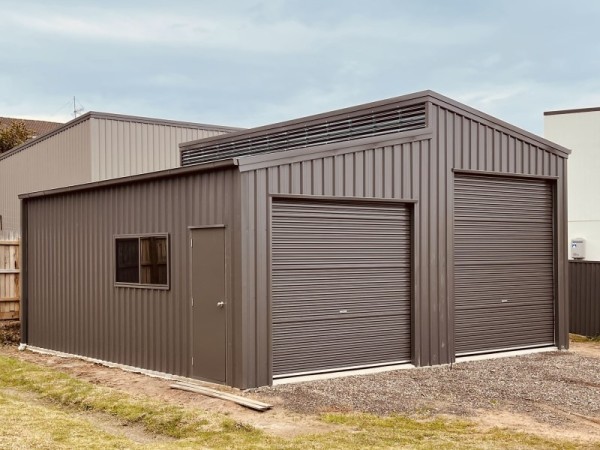
While it may seem like a bit of a task just for putting a shed on your land, gaining the right approvals and meeting all council regulations means you won't risk any issues in the long run. Just remember that the regulations differ across district councils, so make sure you always check what applies to your location before beginning construction.
If you'd rather leave the process of handling council approvals to someone else, Fair Dinkum Builds can do all the hard work for you. And, since all our sheds are custom-designed, you won't only escape the headache of council approval paperwork, but you'll be getting a shed that looks and operates exactly the way you need it to. Choose & design your own custom made shed, with our shed app designer.
More stories you may be interested in
22 October 2025
Gable vs Skillion Roof Sheds
There are so many factors that you need to consider when building a shed, and one of the most important is the type of roof it will have. The roof style and pitch don't just impact the aesthetics of your shed, but its strength, drainage, and how it fits in with the rest of your property, too.
22 October 2025
Single Garages vs Double Garages
Anyone considering building a garage must make a crucial choice: should you build a single or a double garage? Both options come with their own benefits, but ultimately, it often comes down to a few factors.
